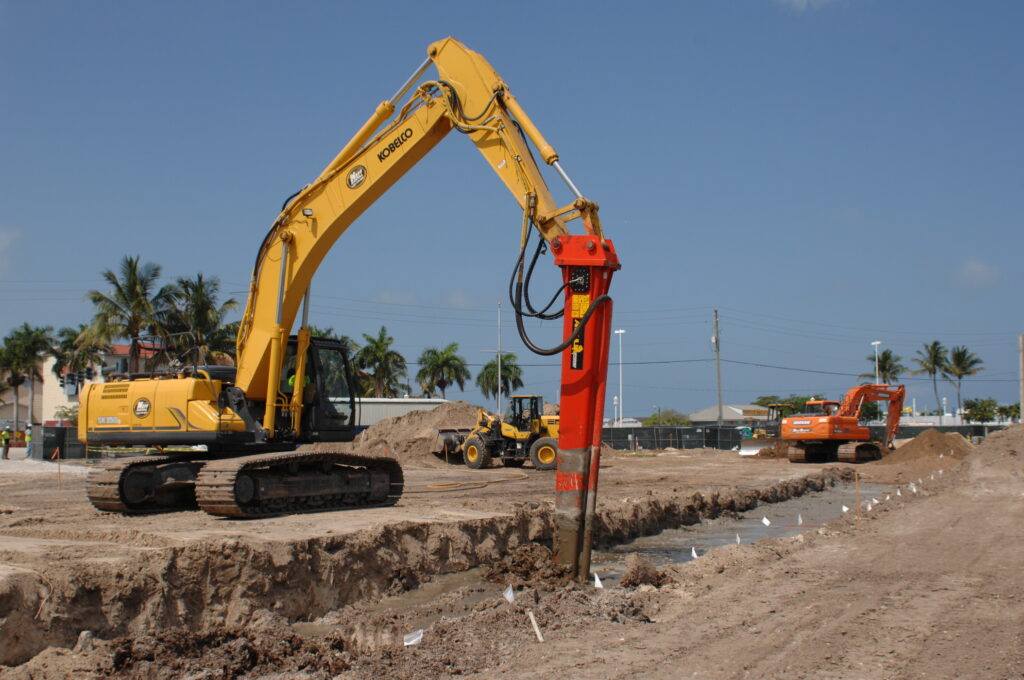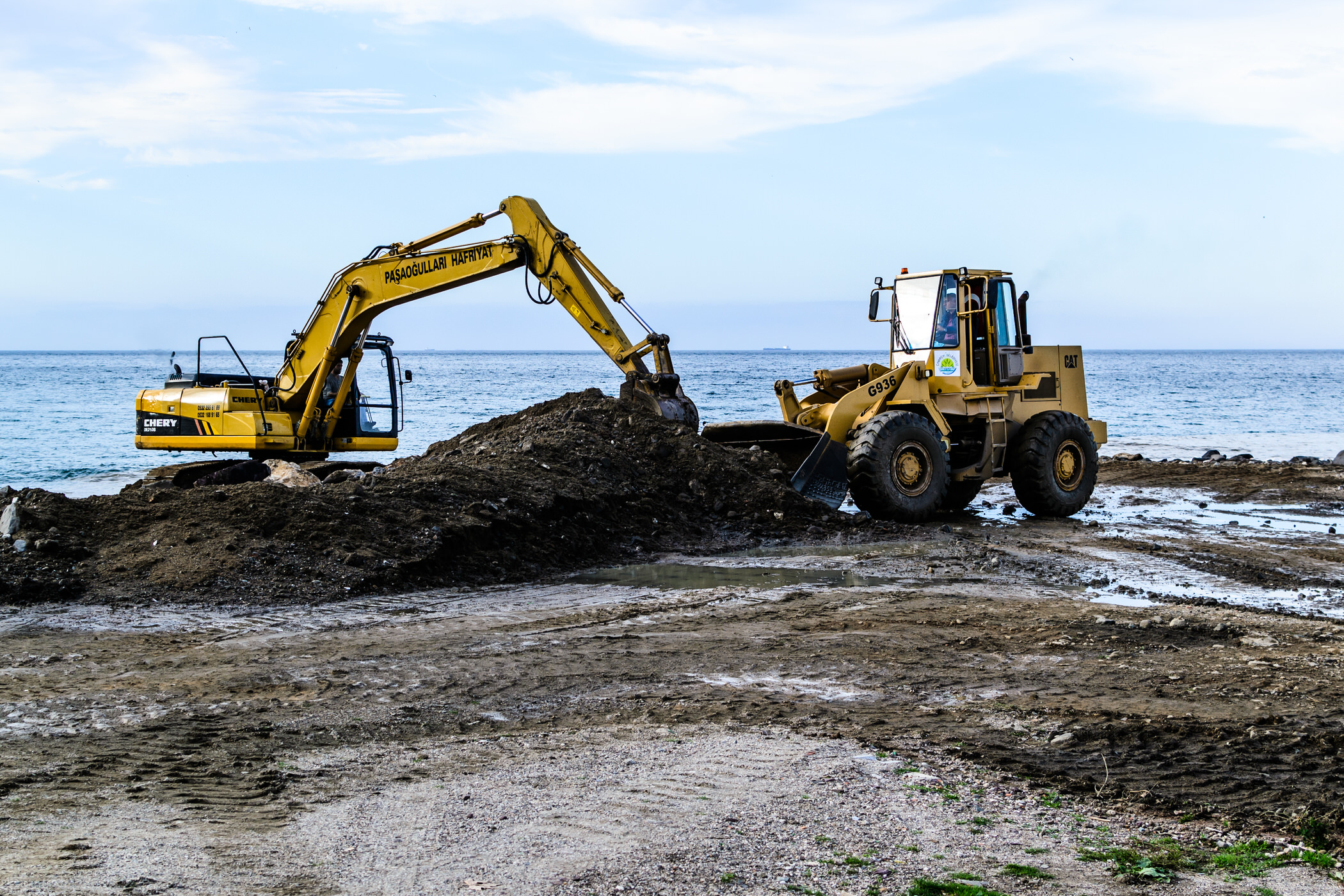When land has been disturbed — by mining, industrial use, landfill, or major earthworks — returning it to a stable, safe, and productive state is called land reclamation. Poorly managed reclamation can leave hidden liabilities: unstable soil, contamination, poor drainage, and uneven settlement. Done correctly, however, it transforms a liability into long-term value.

Why Land Reclamation Matters
Reclaimed land is rarely the same as virgin ground. It often carries a history of disturbance, fill placement, or contamination, which can create risks for structures built on it. Key reasons to invest in proper reclamation include:
- Regulatory compliance: Many sites must meet environmental or planning requirements for end-use.
- Value recovery: Restoring land opens it for commercial, residential, or public use.
- Risk reduction: Addressing ground stability early avoids costly surprises.
- Constructability: Reworked land often requires special preparation for foundations or slabs.
Ignoring these factors can result in structural failures, drainage issues, or long-term maintenance challenges.
Core Components of Reclamation
A successful land reclamation project typically involves:
Site Characterization:
Detailed geotechnical investigation, including soil profiling, compaction assessment, and groundwater monitoring.
Environmental testing to check for contamination.
Planning and Design
Define target end-use and ground performance requirements.
Determine the best remediation approach: removal, recompaction, or in-situ ground improvement using stone columns, grouting, or rigid inclusions.
Ground Treatment
Regrading, recompacting existing fill, and implementing improvement systems.
Drainage management is critical to prevent future settlement or slope issues.
Verification and Monitoring
Settlement surveys, load testing, and ongoing quality assurance ensure the ground meets design specifications.

Key Technical Considerations
Reclaimed sites present unique challenges:
- Soil variability: Fill material is rarely uniform, affecting compaction and load-bearing capacity.
- Settlement control: Excessive or uneven settlement can compromise structures; ground improvement often offers a cost-effective solution.
- Drainage and groundwater: Poor water management is a frequent source of failure.
- Foundation choices: Weak or variable ground may require deep foundations or engineered ground improvement.
- Lifecycle performance: Time-dependent settlement and consolidation should be considered to prevent future issues.
Proper planning and value-engineering can reduce construction costs while ensuring long-term performance.
Practical Steps for Owners and Contractors
- Engage geotechnical specialists early.
- Conduct comprehensive site investigations.
- Define the end-use and performance criteria.
- Evaluate remediation options and select the optimal solution.
- Implement rigorous QA/QC during construction.
- Verify performance post-construction and monitor long-term behavior.
Early involvement of experts reduces risk, prevents costly delays, and maximizes site value.
Conclusion
Land reclamation is more than “earthworks”; it is the foundation of successful development. By combining thorough investigation, performance-based design, and effective ground improvement strategies, previously disturbed land can be transformed into a safe, predictable, and valuable asset.
Investing in proper reclamation from the outset ensures regulatory compliance, minimizes long-term risk, and unlocks the full potential of your site.
Ready to Transform Your Site?
If you’re planning a development on disturbed or reclaimed land, don’t leave your ground performance to chance. Contact our geostructural specialists today to discuss how proper land reclamation and ground improvement strategies can save time, reduce costs, and ensure a solid foundation for your project.
